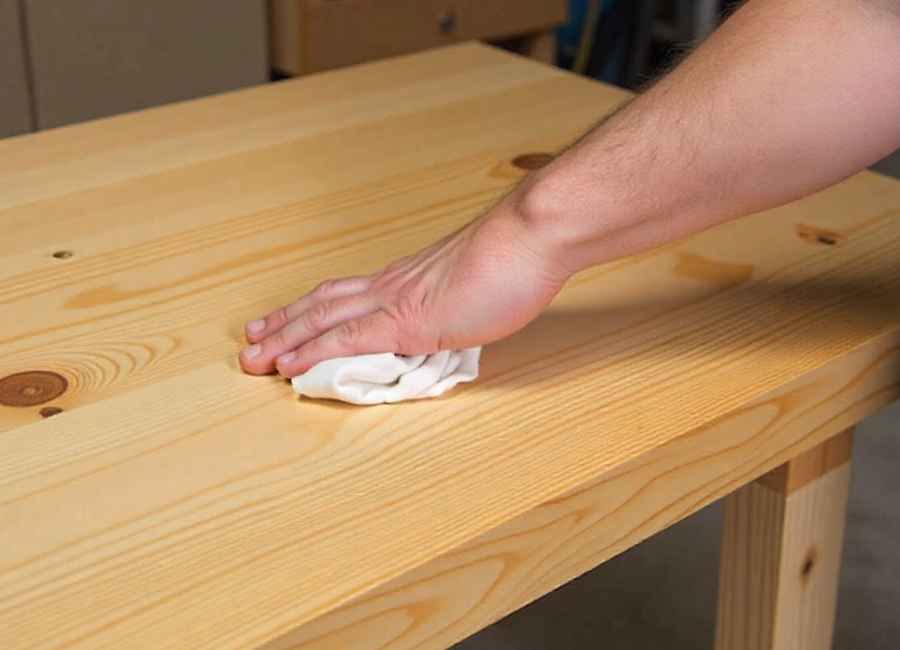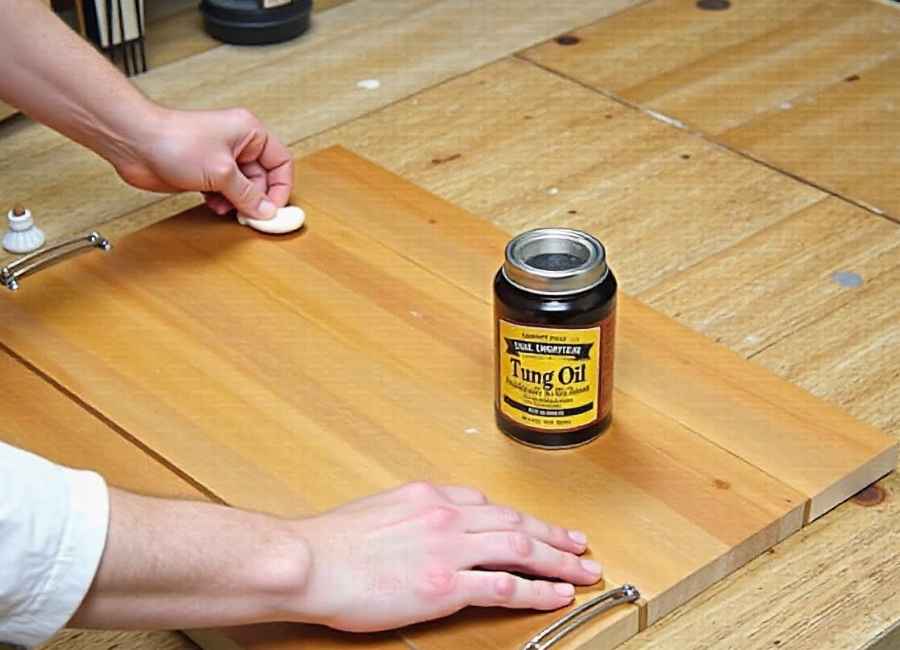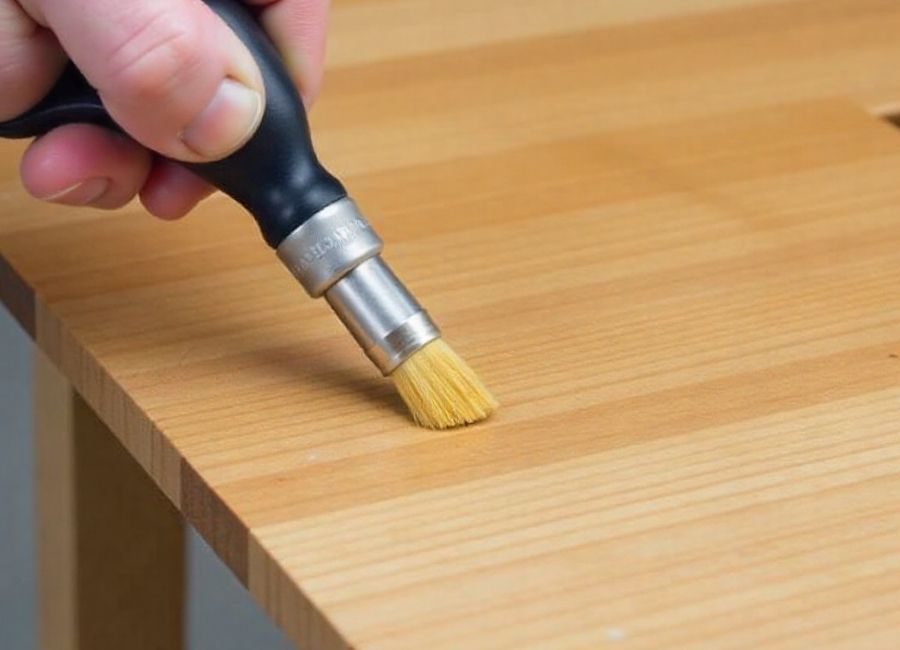With winter here, it’s a great time to start a new woodworking project indoors. If you want a finish that’s both simple and durable, Tung Oil is a great choice. In this post, I’ll guide you through each step to apply Tung Oil to your project, whether you’re working on a table, chair, or shelf. I’ll also share important safety tips to help you work safely and confidently.
Why Tung Oil?
Tung Oil is a top choice for a natural wood finish. (Tung oil, n.d.) It won’t darken your wood, so the original color and grain stay visible. (Tung oil – Wikipedia, n.d.) It’s easy to use, dries overnight, and you don’t need any special equipment. (Waterlox TRUETONE® Buff-In Tung Oil Finish Application Guide, n.d.) This makes it ideal if you’re working on just a few projects and don’t want to buy costly tools.
Before you start, it’s essential to note that wood finishing involves chemicals and fumes, and there’s a fire hazard from oily rags. (PURE TUNG OIL, n.d.) Always ensure proper ventilation, use Personal Protective Equipment (PPE), and handle used rags carefully to avoid spontaneous combustion.
Preparing the Wood Surface

- Sanding: Start by sanding your piece thoroughly. If it’s already smooth, begin with 220-grit sandpaper. For pieces with tool marks or grain tear-out, back up to 120-grit. The finer the sanding, the smoother your finish will be. After finishing with 220 grit, go over it once more with 320-grit for an ultra-smooth finish.
- Cleaning: Blow off the dust with an air compressor or use a clean, dry rag to wipe the surface. This step ensures that the surface is dust-free before applying the oil finish.
Applying the First Coat of Tung Oil
- Soak and Wipe: Wearing gloves, pour the Tung Oil onto a clean cloth or rag. Apply a genSoak and Wipe: Put on gloves and pour some Tung Oil onto a clean cloth. Rub the oil generously into the wood so it soaks in well. Let it sit for 10 to 15 minutes so the oil can penetrate. Then, use a dry rag to wipe off any extra oil. Make sure you don’t leave thick spots, since they won’t dry well. Er for the best results. Remember, oily rags can spontaneously combust, so dispose of them carefully by laying them flat in an open container or soaking them in water before discarding. (Spontaneous Combustion of Oily Rags, 2012)
Sanding Between Coats
Once the first coat is dry, gently sand the surface by hand with 320-grit sandpaper. Use a light touch for about three minutes, just enough to smooth the surface so the next coat sticks well.
Applying Additional Coats

- Reapply the Oil: Put on a second coat of Tung Oil just like before—soak the wood, wait, and wipe off any extra oil. Let each coat dry overnight before adding another.
- Multiple Coats: You can continue applying additional coats, but don’t rush. It’s better to allow the finish to cure properly between coats. Typically, 4-5 coats will give a nice finish. (Tung Oil Finish: Uses, Benefits, How to Use [2023 Guide!], 2023)
- Finishing Touches: After you get the look you want, usually after four or five coats, you can make the finish satin by gently rubbing it with #0000 steel wool and then polishing it with a cotton rag.
A Beautiful, Durable Finish
Tung Oil gives your wood a rich, lasting finish that brings out its natural beauty. (Learn About Tung Oil, n.d.) Unlike some finishes that need to be reapplied, Tung Oil hardens inside the wood and forms a strong, protective layer. (Tung Oil & Linseed Oil Comparison, n.d.) You’ll end up with a smooth, glossy surface that looks and feels great.
Additional Tips for a Perfect Finish
- Avoid Over-sanding: When sanding between coats, don’t sand too aggressively. The goal is to smooth the surface, not to remove the oil.
- Dust Management: If you’re using a random orbital sander, be prepared for a lot of fine dust. Ensure your workspace is well-ventilated and clean up thoroughly before applying the oil.
- Proper Disposal: Remember, oily rags can be hazardous. Always handle and dispose of them safely to avoid the risk of spontaneous combustion.
Conclusion
Putting on a Tung Oil finish is an easy and satisfying way to complete your woodworking project. You don’t need special tools, and the results are worth the wait. With some patience and care, you’ll create a beautiful piece that lasts for years.
Happy woodworking, and stay safe!











